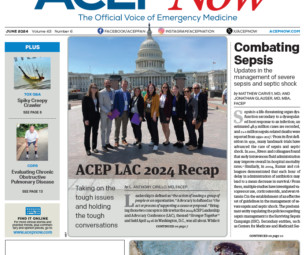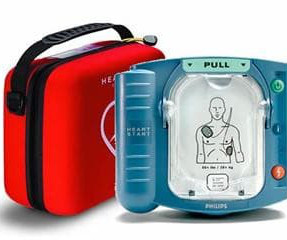20-something with huge verapamil overdose and cardiogenic shock
Dr. Smith's ECG Blog
MAY 26, 2023
A 20-something presented after a huge verapamil overdose in cardiogenic shock. He was admitted to the ICU and was unstable, in shock, overnight. Thus, since high dose insulin's (HDI) primary beneficial effect on calcium channel overdose is to as a positive inotrope, it does not work well for dihydropyridine overdose.



















































Let's personalize your content